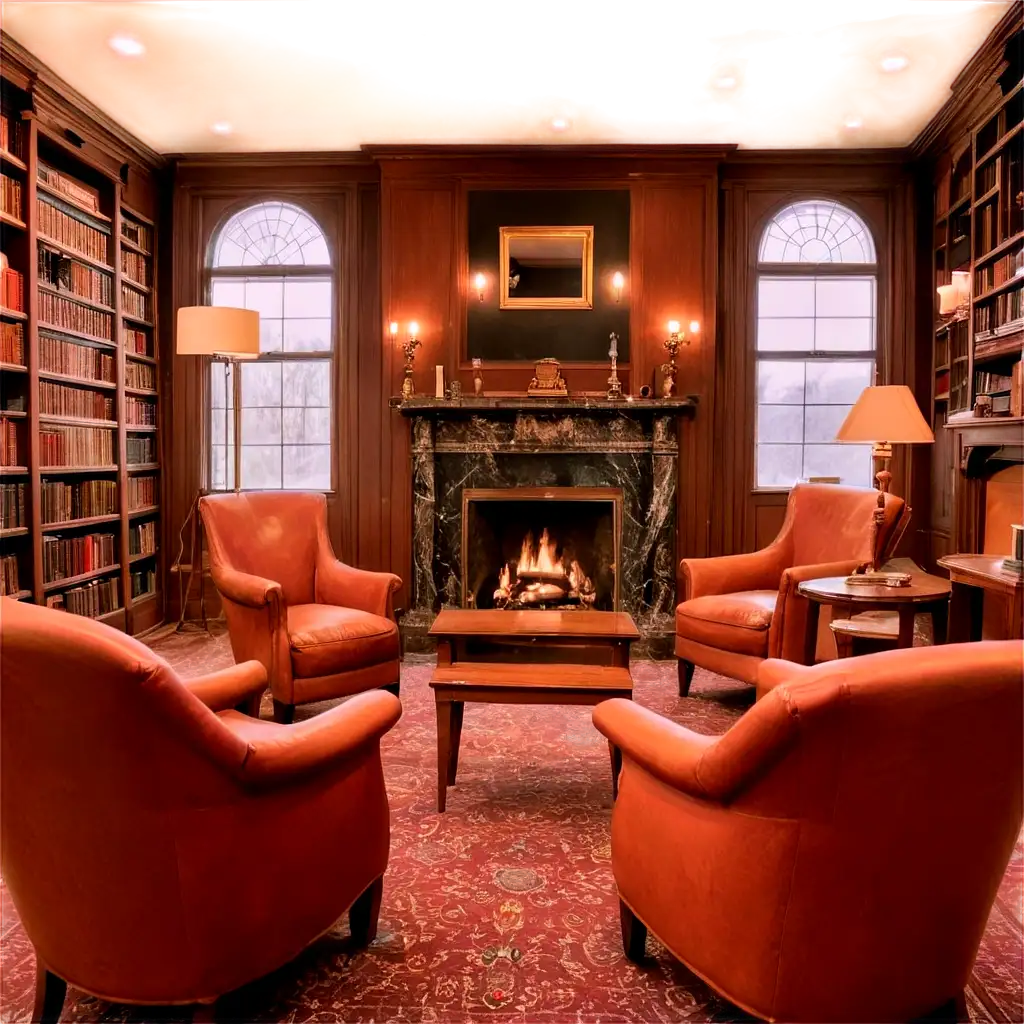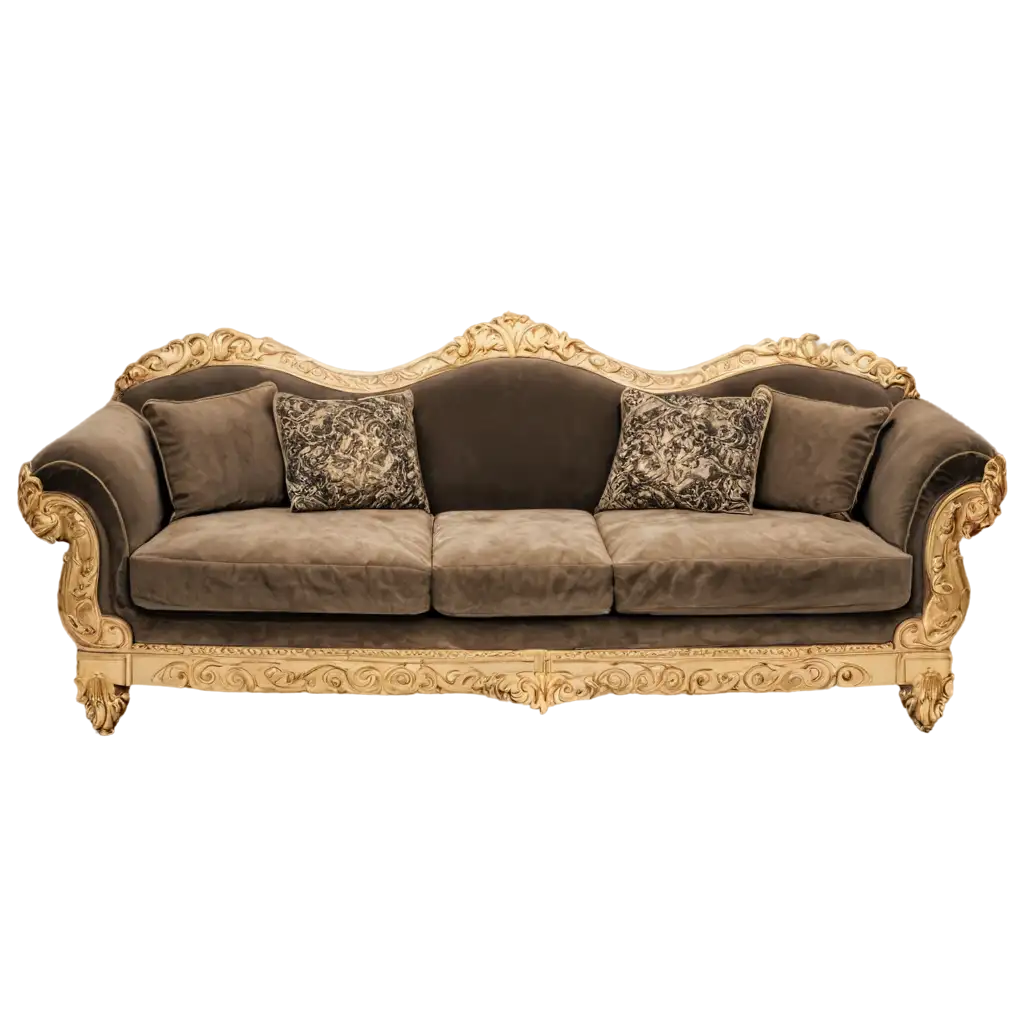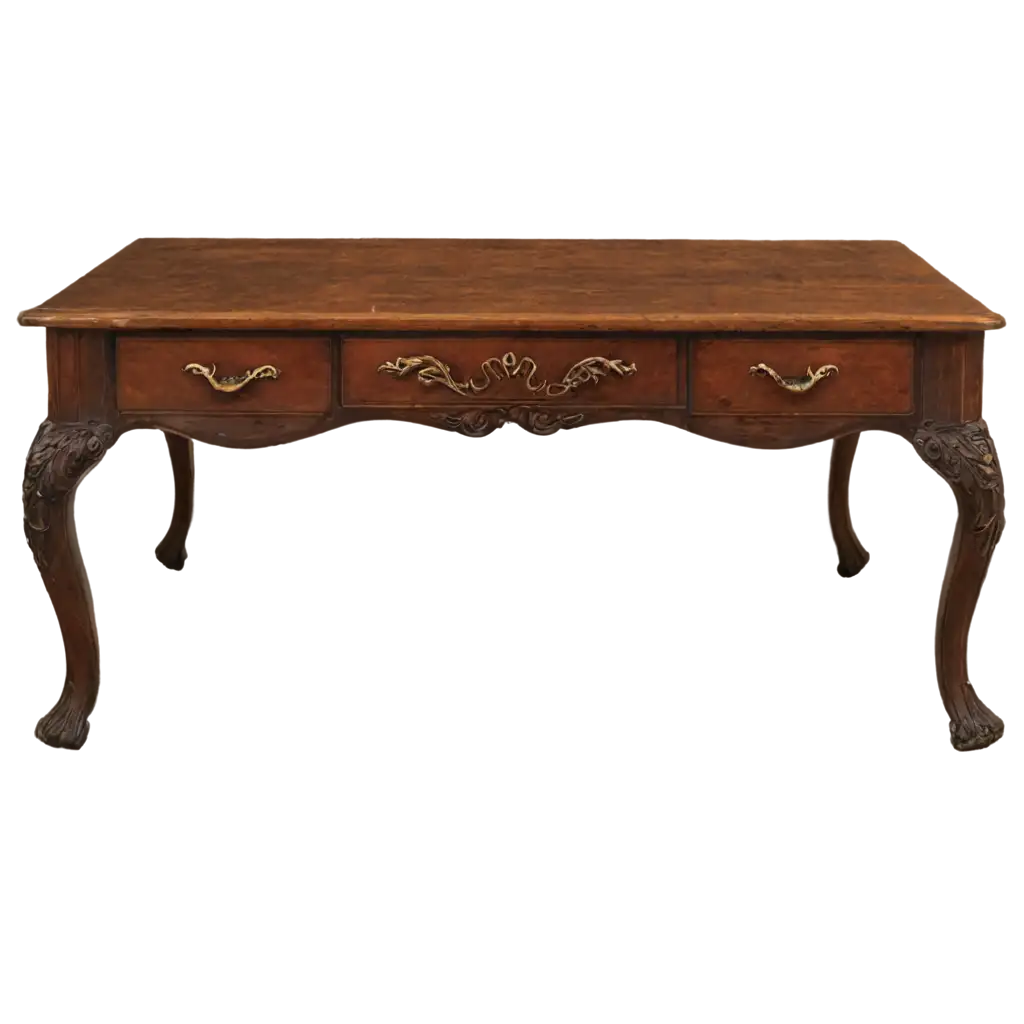3 Free Old-fashioned Furniture transparent PNG images
Welcome to our Old-fashioned Furniture image collection, featuring 3 free AI-generated images. Explore a diverse array of stock photos, 3D objects, vectors, and illustrations showcasing timeless furniture designs. Enjoy high-resolution downloads and use our 'open in editor' feature to customize prompts for your perfect vintage-inspired image.



Old-fashioned furniture refers to styles and designs that hark back to earlier periods, typically pre-dating the mid-20th century. This category encompasses a wide range of historical styles, from ornate Victorian pieces to simpler Shaker designs. Characterized by traditional craftsmanship, durable materials like solid wood, and intricate detailing, old-fashioned furniture often evokes a sense of nostalgia and timeless elegance. Popular examples include wingback chairs, four-poster beds, roll-top desks, and armoires. These pieces not only serve functional purposes but also act as decorative elements, adding character and history to modern interiors.
Defining Old-fashioned Furniture: A Journey Through Time
Old-fashioned furniture is distinguished by several key features. Hand-carved details, rich wood grains, and ornate hardware are common elements. Many pieces feature curved lines, scrollwork, or turned legs, showcasing the skilled craftsmanship of bygone eras. Materials like mahogany, oak, and walnut are frequently used, often developing a beautiful patina over time. In contemporary settings, old-fashioned furniture pieces are often used as statement pieces, adding warmth and character to modern interiors. They're particularly popular in vintage-inspired, eclectic, or maximalist design schemes. From antique writing desks in home offices to vintage dressers in bedrooms, these pieces blend functionality with aesthetic appeal, creating unique and personalized spaces.
Distinctive Characteristics and Applications of Old-fashioned Furniture
Several old-fashioned furniture styles have stood the test of time and continue to influence modern design. The elegant curves and ornate carvings of Louis XV and XVI styles remain popular in luxury interiors. The clean lines and emphasis on form and function of Shaker furniture have inspired many contemporary minimalist designs. Victorian furniture, known for its opulence and dark woods, finds new life in neo-Victorian and steampunk aesthetics. Art Deco, with its glamorous materials and geometric patterns, continues to influence high-end furniture design. The revival of these styles in modern contexts demonstrates the enduring appeal of old-fashioned furniture, with designers and homeowners alike appreciating the craftsmanship, quality, and unique character these pieces bring to contemporary spaces.
Iconic Old-fashioned Furniture Styles and Their Modern Revival
Integrating old-fashioned furniture into modern interiors is a growing trend in interior design. One popular approach is to use a statement antique piece as a focal point in a room, such as a vintage armoire in a minimalist bedroom or an ornate mirror in a contemporary living room. Another trend is mixing old and new, creating an eclectic look that balances vintage charm with modern functionality. For example, pairing a rustic farmhouse table with sleek, modern chairs. Color also plays a crucial role; painting old-fashioned furniture in bold, contemporary hues can give it a fresh, updated look while maintaining its classic form. When incorporating these pieces, it's important to consider scale and balance to ensure harmony within the space. The key is to create a dialogue between old and new, resulting in a unique, personalized interior that tells a story through its furnishings.
Incorporating Old-fashioned Furniture in Modern Interiors: Tips and Trends